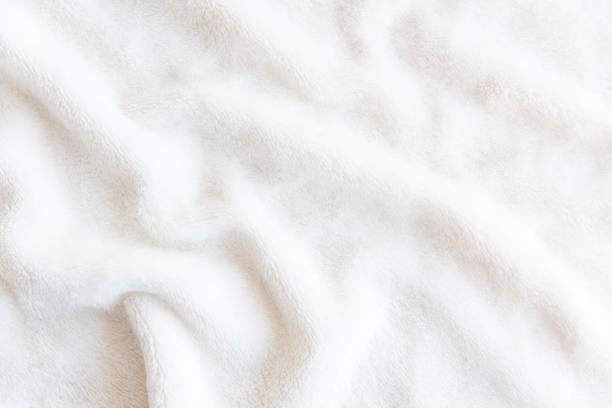How to Wash Fleece Blankets: Ultimate Guide for All Types of Throws

Washing fleece blankets and other types of throws can be a delicate task, but it’s essential to keep them soft, clean, and cozy. This article will guide you through the process, ensuring that your beloved blankets stay in perfect condition.
Understanding Your Blanket’s Material

Before you begin washing, it’s crucial to identify the material of your blanket. Fleece, cotton, wool, and synthetic fibers each have unique care requirements. Check the label on your blanket to understand its specific composition.
-
Fleece:
Made from synthetic fibers, this material is lightweight and warm. -
Cotton:
Natural, breathable, and often easier to wash. -
Wool:
Requires special care to avoid shrinking and felting. -
Synthetic:
Includes materials like acrylic, which can be machine-washed with the right settings.
Washing Fleece Blankets
Fleece blankets can be machine-washed but require a gentle approach to maintain their softness. Use cold water and a mild detergent specifically designed for delicate fabrics. Avoid using fabric softeners as they can coat the fibers and reduce the fleece’s softness. Choose a gentle cycle on your washing machine to prevent damage.
After washing, air drying is recommended to maintain the texture of the fleece. If you need to use a dryer, opt for a low-heat setting, and remove the blanket while it’s still slightly damp to prevent static buildup.
Caring for Cotton Throws
Cotton throws are among the easiest to care for. They can generally be machine-washed with warm water and a regular detergent. For best results, wash them separately to prevent lint transfer and use a gentle cycle.
Dry your cotton throws on a low to medium heat setting in the dryer. You may also air dry them, which will prevent potential shrinking. If your cotton throw has intricate patterns or designs, consider laying it flat to dry to maintain its shape.
Washing Wool Throws
Wool throws need more delicate handling to avoid shrinkage and felting. Hand washing is often preferred using cool water and a special wool detergent. Be gentle and avoid agitating the fibers too much, as this can damage the wool.
After rinsing thoroughly, gently press out excess water without wringing. Lay the wool throw flat on a clean, dry towel, reshaping it if necessary, and let it air dry. Avoid direct sunlight and heat sources, which can damage the fibers.
Caring for Synthetic Throws
Synthetic throws like acrylic are usually quite durable and can be machine-washed. Use warm water and a standard detergent. A fabric conditioner can be used if desired, although it’s generally not necessary.
When drying synthetic throws, use a low to medium heat setting in the dryer. Shake out the blanket once it’s dry to fluff up the fibers. These materials are less prone to shrinking but can become statically charged, so consider using anti-static sheets.
Conclusion
Washing fleece blankets and various types of throws doesn’t have to be daunting. By understanding the material and following the appropriate washing and drying steps, you can ensure your blankets remain soft and cozy for years to come. Treat each blanket type with the care it requires, and enjoy the comfort and warmth they provide.
FAQ
1. Can I use fabric softener on fleece blankets?
No, it’s best to avoid fabric softeners on fleece blankets as they can coat the fibers and reduce softness.
2. How often should I wash my throw blankets?
A general rule is to wash throw blankets every couple of months or more frequently if they are used daily.
3. Can I put my wool throw in the dryer?
No, wool throws should be air dried to prevent shrinking and damage to the wool fibers.
4. What detergent should I use for washing fleece blankets?
Use a mild detergent designed for delicate fabrics to maintain the softness of fleece blankets.
5. Is it safe to wash synthetic throws in hot water?
It’s better to use warm water when washing synthetic throws to avoid potential damage to the fibers.


